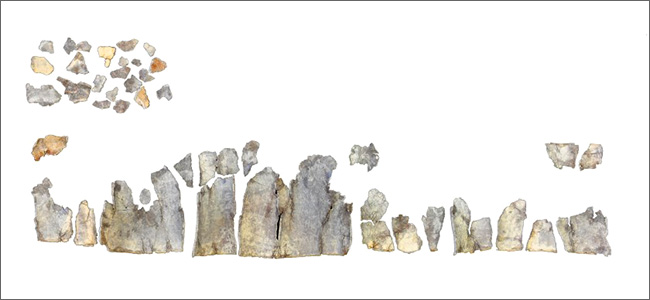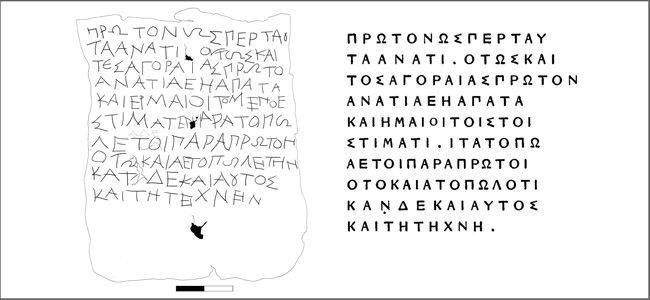Focus of this research project was the final edition of roughly 510 curse tablets discovered in Athens and Attica (including around 40 inedita) within the new Corpus defixionum Atticarum.
Research
Over the last decades, the study of antiquity has generally tended to take a more objective approach to its analysis of Greek religion and superstition. Books on Greek magic have proliferated, but most of the solid evidence comes from publications that are over 100 years old. This project covers a new corpus of Attic curse tablets (with some 400 items), in the form of a volume, with a general introduction, basic commentary on the individual texts, drawings and photos of each tablet, and general indices (topics, vocabulary, grammar, onomastics, voces magicae). This volume will replace and supplement the existing corpus by Richard Wünsch (1897), and the partial publications of new material by Auguste Audollent (1904) and Erich Ziebarth (1934). It will be accompanied as downloadable illustrations and an electronically-searchable form of the Greek texts, all of which will be made available online together with translations of these difficult texts.
Results
All the available tablets (mainly from Germany and Greece) have been photographed and drawn (closer inspection has shown that many have been published in an incomplete or incorrect form), new transcriptions have been made, and a full bibliography has been compiled. In the course of this work, six new, unpublished items have been found in Berlin’s Ägyptisches Museum. They hitherto were wrongly considered to be Egyptian, but an analysis of the shape and material has shown that they are indeed Attic. The members of the project have also helped to perform an inventory of the collection in Berlin’s Antikensammlung, and in collaboration with the Bundesanstalt für Materialforschung und -prüfung (BAM) have studied the isotopic composition of 59 tablets in order to unravel their origins.


